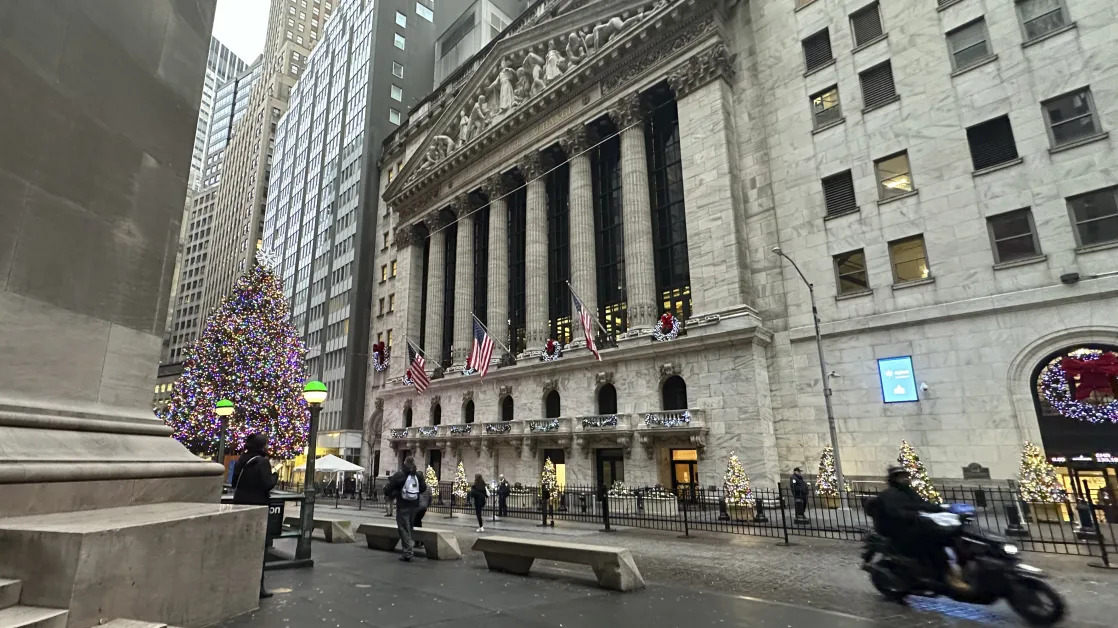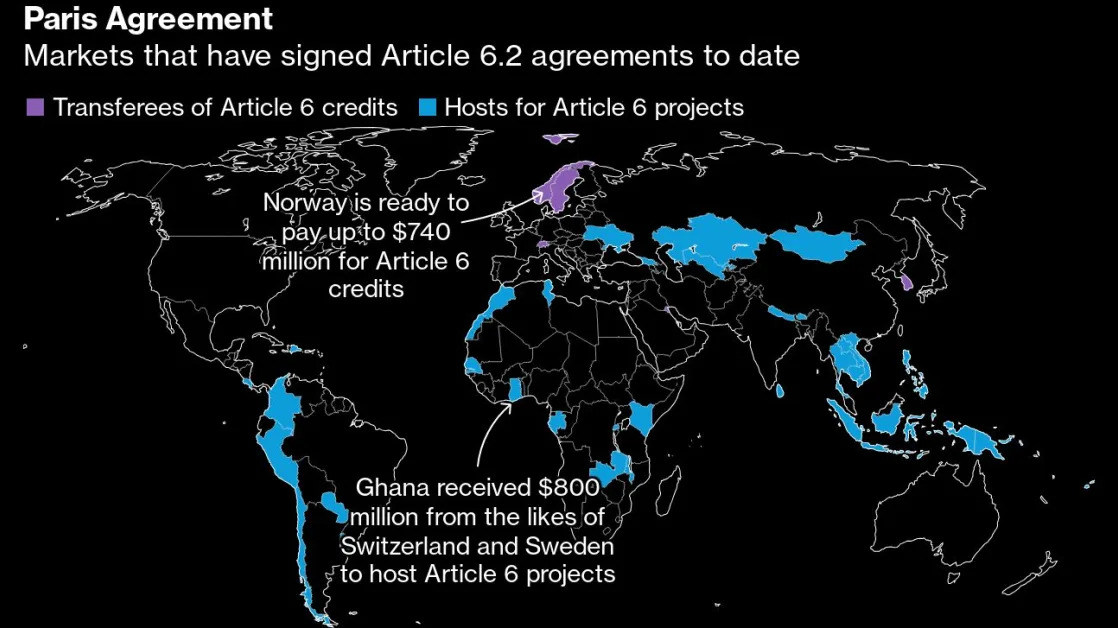Hiring slowed in July as U.S. employers added a disappointing 114,000 jobs and the unemployment rate jumped to 4.3%, the highest level in nearly three years, the Bureau of Labor Statistics announced Friday.
Economists had expected to see job growth closer to 175,000 during the month. The results were well below the average of 215,000 jobs added per month over the last year and fell short of the 200,000 jobs per month that are needed to keep up with population growth.
The latest data sparked new worries about the strength of the U.S. economy and kicked off a new round of speculation about the Federal Reserve’s plan to cut interest rates at its next meeting in mid-September. Analysts had been betting that the Fed would cut rates by 25 basis points, but that expectation is now in doubt amid concerns that the central bank has waited too long to start easing its policy.
What the experts are saying:
Mark Zandi, chief economist at Moody's Analytics,
wrote
that the “clear message in today’s soft jobs report is the Federal Reserve needs to cut interest rates. They should have begun cutting rates months ago. Job growth is decidedly throttling back, unemployment is rising quickly, hours worked per week are low and falling, and temporary help jobs continue to evaporate.
Wage growth and inflation are back to the Fed’s target.” Zandi said the only question is how large the interest rate cut should be in September.
“A 50-basis-point Fed cut in September is clearly justified as the labor market is now showing clear signs of softening,”
said
Yung-Yu Ma, chief investment officer at BMO Wealth Management, per The Wall Street Journal. “The Fed is already falling behind the curve and rates are overly restrictive—a 50-basis-point cut in September would only be catching up to, rather than getting ahead of, the curve.”
Bloomberg economists Chris G. Collins and Anna Wong said they expect the unemployment rate to rise further. “Our takeaway is that the labor market’s capacity to absorb new immigrants appears to be diminishing, and it may take longer to absorb them,” they
wrote
. “Our baseline forecast is for the unemployment rate to climb from 4.3% in July to 4.5% by year-end — and to continue rising to 5.0% next year.”
Some analysts, though, urged caution in interpreting the data. Matthew C. Klein, who has written about the economy for Bloomberg and Barron’s, noted that much of the increase in unemployment was driven by workers on temporary layoffs. “That is more likely attributable to the impact of Hurricane Beryl rather than fundamental weakness,” he wrote.
Joseph Brusuelas, chief economist at RSM, split the difference, saying that the decline in the labor market is real, but probably nothing to worry about, at least for now. “The unemployment rate has increased from a historically low 3.4% in January 2023 to the current 4.3%,” he said. “In our estimation, this increase represents a normalization following the severe pandemic-era shocks and is not a pure signal of the economy falling off the cliff.”
Sahm rule in effect?
For some analysts, the spike in the unemployment rate indicates that the economy could be entering a recession, at least according to the Sahm Rule, a popular formulation named after Claudia Sahm, a former Fed economist. The Sahm Rule says that whenever the three-month moving average of the unemployment rate rises half a percentage point above its 12-month low, the economy is entering a recession – a rule of thumb that has been accurate in 10 out of 11 cases since 1953.
“The triggering of the Sahm rule and increase in the unemployment rate will add to concerns that the economy is weakening more than expected in the second half of 2024,” Bill Adams, an economist at Comerica Bank,
told
Business Insider. “Our assessment of the risk of a recession over the next 12 months is higher than it was before these data were released.”
However, Sahm herself said Friday that she doubts her rule of thumb is providing an accurate reading of the economy at the moment, due to the historically exceptional conditions created by the pandemic and its aftermath – though that could change quickly. “Do I think we are in a recession right now? No,” Sahm
told
Yahoo Finance. “Do I think that the increases in the unemployment rate and the softening in the labor market is worrisome and we could end up in a recession in, say, three months, six months? Yes, I am very concerned about that.”
The bottom line:
The labor market sent up a red flag in July, but we’ll need more time to see if it’s just a blip or the start of a serious slowdown.
Like what you're reading? Sign up for ourfree newsletter .






